Echoes of Ancient Lands
Jatayu Sculpture Lepakshi India
Mother Masala Tours
A Soaring Presence
Jatayu Sculpture Lepakshi India. A celestial bird from Indian mythology, symbolizes valor and sacrifice. Renowned for its pivotal role in the epic Ramayana, Jatayu was a divine vulture who attempted to rescue Sita from the demon king Ravana. When Ravana abducted Sita, Jatayu courageously confronted him, attempting to save her as she was taken to Lanka. In his heroic struggle, Jatayu was grievously wounded, and fell to earth here at Lapakshi. The name derives from the Telugu expression "le pakshi", which translates to "get up, bird,". This phrase attributed to Rama who icommanded Jatayu to rise after the battle. This site is closely associated with the Ramayana’s narrative and serves as a testament to the bird's sacrifice for the sake of righteousness.
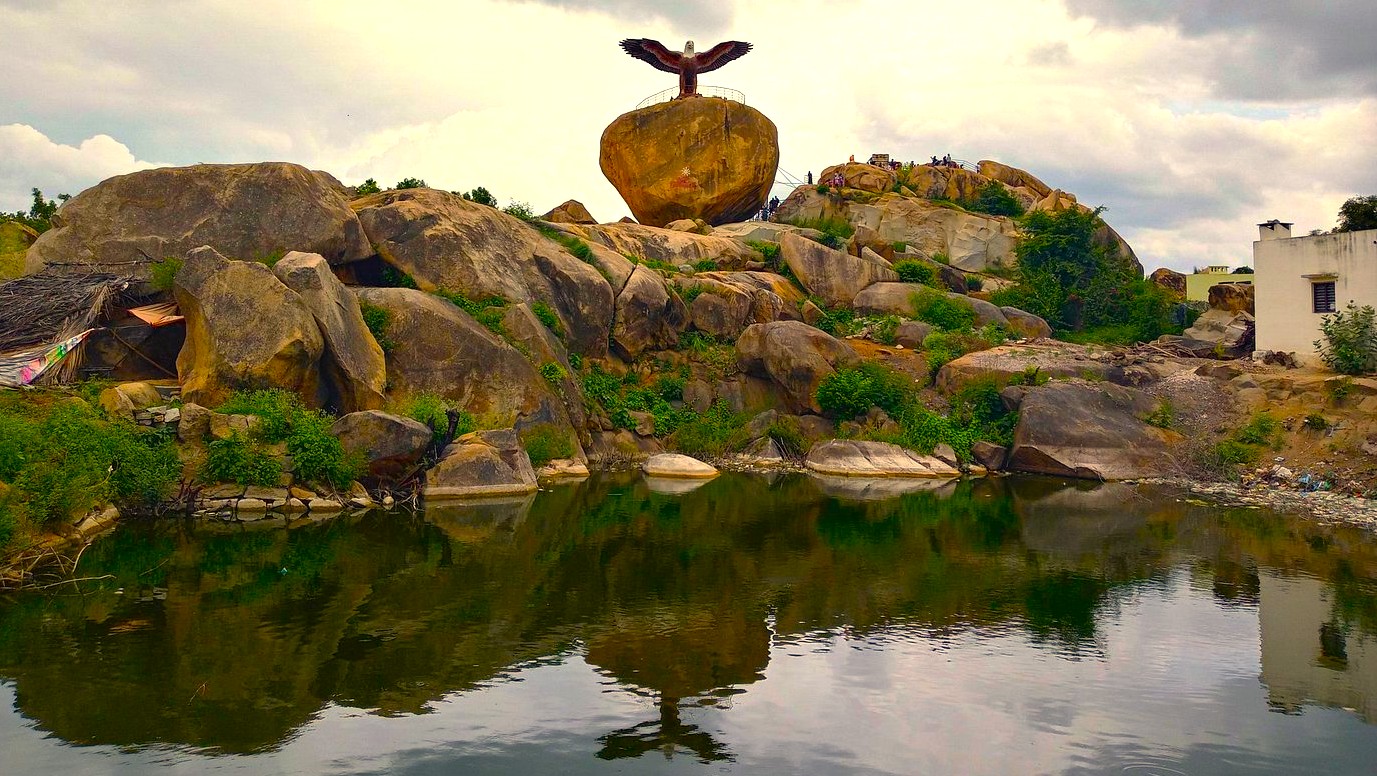
Jatayu Sculpture Lepakshi India: Sacred Spaces
Jatayu Sculpture Lepakshi India. Home to numerous artifacts that signify the region’s mythological heritage and artistic legacy. The foremost among these is the Veerabhadra Temple, constructed in the mid-16th century, which is dedicated to Lord Veerabhadra, a fierce form of Shiva. This temple contains significant carvings, including depictions of deities, celestial figures, and intricate floral patterns. Among the notable artifacts is the famous Hanging Pillar, which does not touch the ground completely, creating an illusion of floating. This feature captivates visitors and showcases the engineering skills of ancient craftsmen.
Ancient Mosaics: Impeccable Craftsmanship
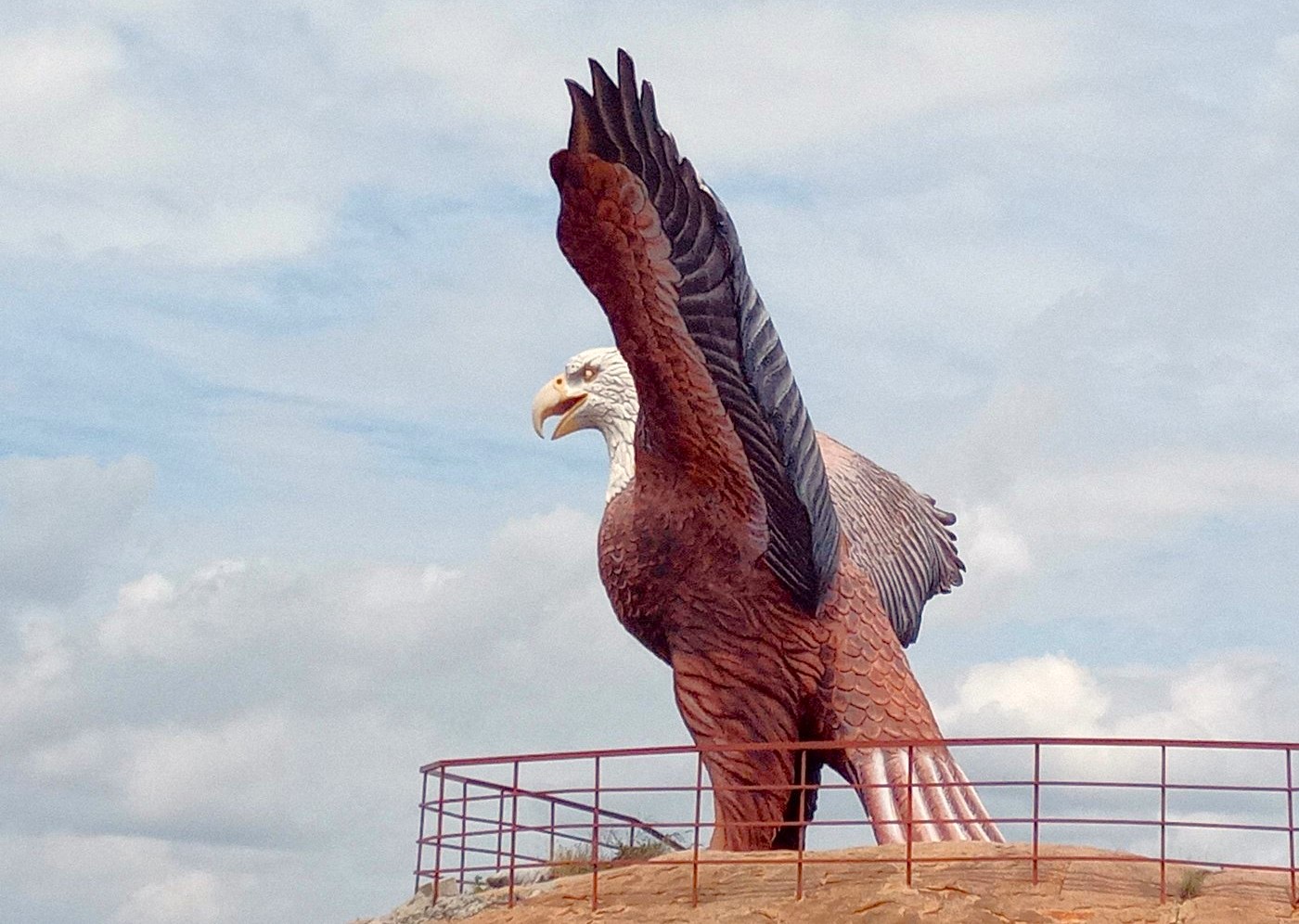
Craftsmanship at Lepakshi reflects the exquisite artistry of the Vijayanagara era. The temple was commissioned by Virupanna Nayaka, a regional governor under the Vijayanagara Dynasty, and the construction is believed to have started around 1530 AD. The craftsmen involved were highly skilled, employing a variety of stone carving techniques to create intricate designs. Every pillar tells a story, carved with precision and passion. The artisans transformed hard stone into delicate art, revealing their mastery. The most stunning example is the frescoes that adorn the temple walls, depicting vibrant scenes from the Ramayana and other ancient legends.
Festivals of Devotion: Honouring the Sacred and the Divine
Lepakshi hosts various festivals that reflect its rich cultural heritage. One notable event is the Maha Shivaratri, celebrated annually with fervor. Observed around February or March, this festival honors Shiva and attracts devotees from surrounding areas. Rituals include elaborate decorations of the temple and night-long prayers dedicated to Lord Shiva. Participants engage in chanting and singing hymns, creating a captivating atmosphere filled with devotion and spiritual energy.
The Pulse of the Local Community
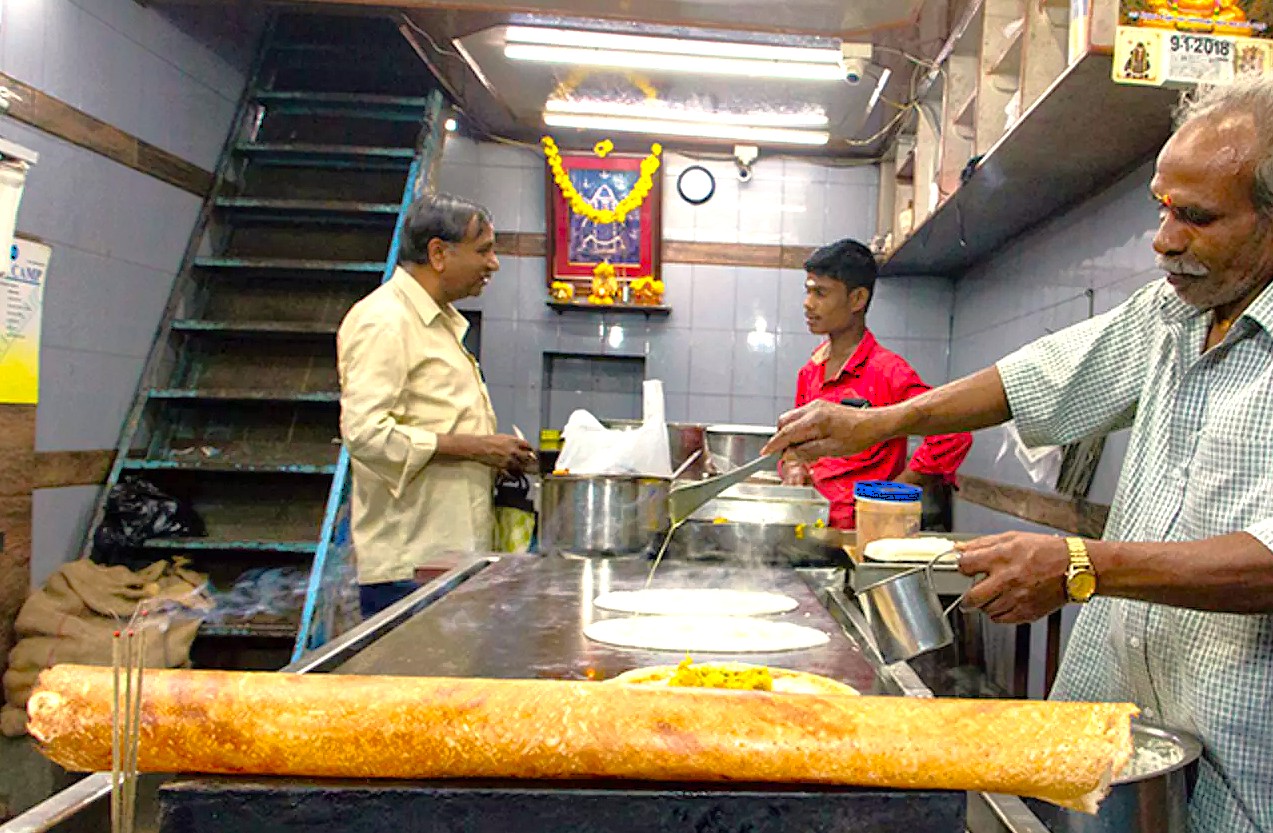
The people are known for their warm hospitality, which stems from a deep cultural heritage. This welcoming spirit makes every visitor feel like part of the community from the moment they arrive. They engage in traditional crafts, many of which have been passed down through generations, revealing skills in weaving, pottery, and folk art. The locals are quite involved in preserving the area’s historical legacy, often participating in cultural events and temple rituals that celebrate their ancient customs with passion and devotion.
Capturing the Magic: A Photographic Haven
Jatayu Sculpture Lepakshi India. This destination is a remarkable space for photography, offering endless opportunities. You’ll be captivated by intricate carvings that tell mythological stories and vibrant frescoes that showcase ancient artistry. The surrounding landscape, with its rocky formations and greenery, provides stunning backdrops that change with the light throughout the day. Capture the famous Hanging Pillar and its architectural intrigue, along with panoramic views that reflect the area's serene atmosphere.
The Connection with the Gods
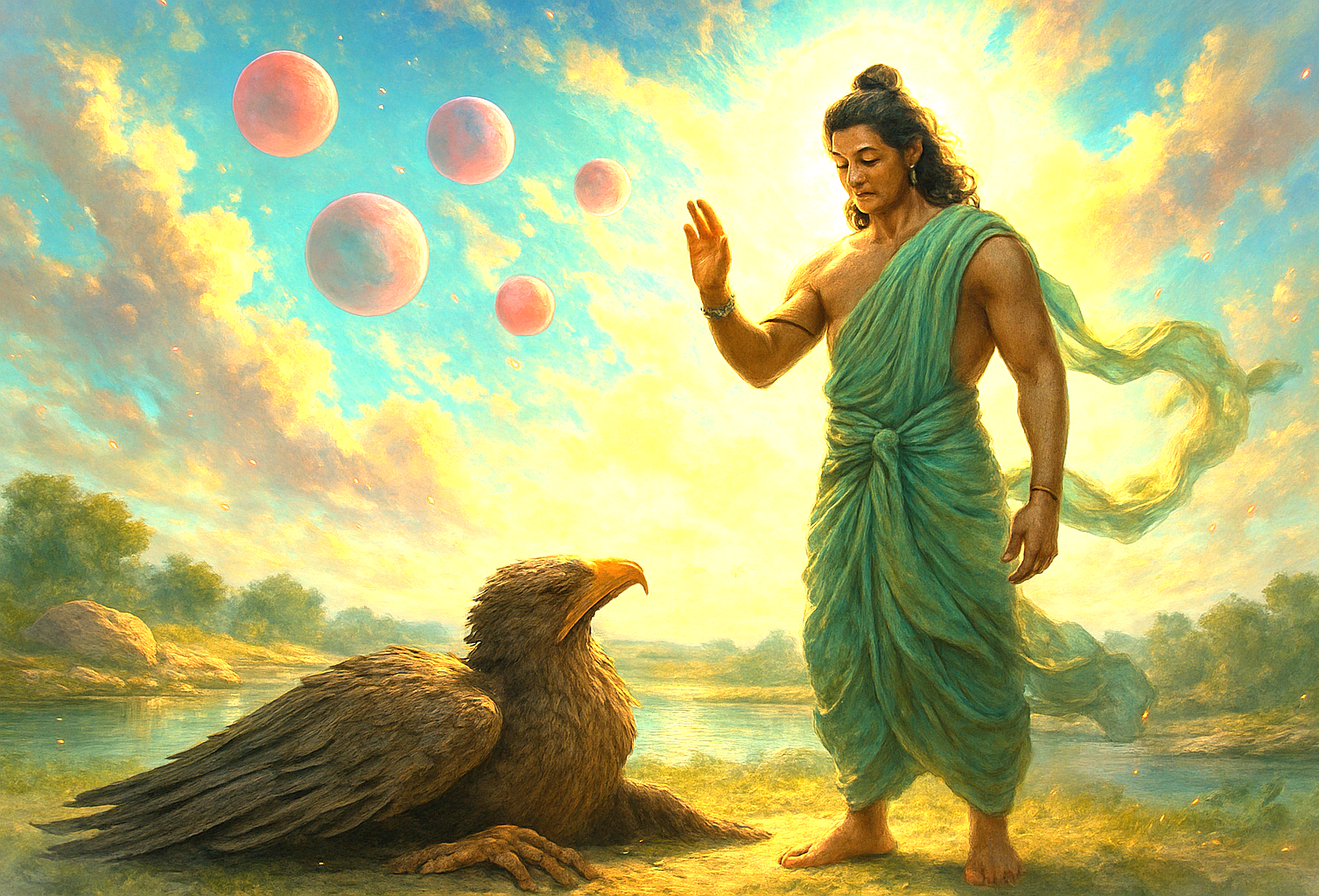
The deities most revered at this site include Veerabhadra, Shiva, and Parvati. According to local legends, Veerabhadra was created by Lord Shiva from his wrath after the death of Sati, and a fierce battle unfolded with the demonic forces. This powerful origin story resonates deeply within the temple walls, making the past feel alive. The temple stands as a symbol of the triumph of good over evil, with narratives of divine intervention infused into its very foundation. Every stone here whispers tales of courage and unwavering faith. This sacred connection fosters a deep sense of reverence among the locals and visitors alike.
Ancient Technologies: Sacred Sound, Geometry & Astrological Influences
The design of the walls and columns amplifies sound, creating an acoustically vibrant space that resonates with chants and prayers. Its also been build according to Vastu Shashtra principles. This phenomenon is considered integral to the spiritual experience. The temple employs geometric principles in its design, relating to sacred proportions. that devotees believe establish a harmonious energy conducive to meditation and spiritual clarity. Materials used are granite and limestone, to harbor natural energies to enhance the spiritual atmosphere. Certain geometrical shapes emit specific Solefeggio frequencies, including 528 Hz, known for its transformative properties, which many believe can promote healing and well-being.
Serendipitous Meetings - Beyond the Main Path
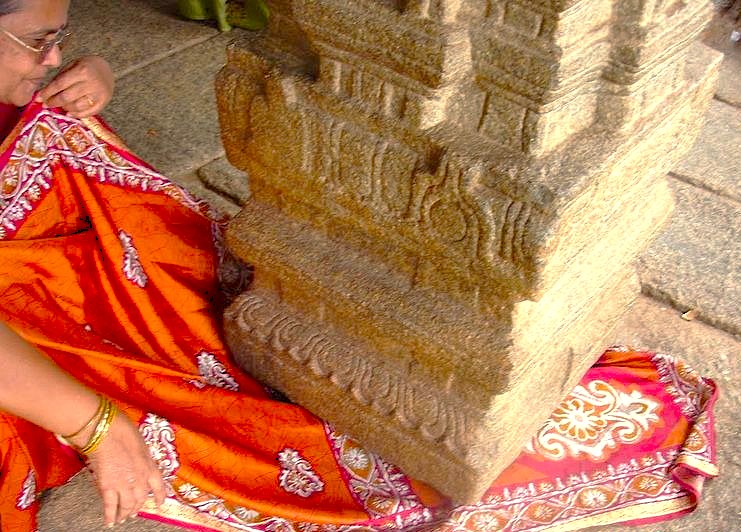
The story of Jatayu, the valiant vulture god, unfolds vividly, a testament to courage and sacrifice. This narrative, deeply woven into the fabric of the region, invites us to reflect on ancient virtues. As we absorb these profound tales, our journey takes a fascinating turn. We now shift our gaze to another marvel within the temple's sacred grounds: the mysterious floating pillar. This engineering wonder challenges conventional understanding, seemingly defying gravity as it stands unsupported. It’s a moment where history’s artistry meets unexplained phenomena, sparking awe and curiosity in all who witness it.
Resilience and Renewal: Overcoming Adversity’s Challenges
Jatayu Sculpture Lepakshi India. Has faced numerous challenges throughout its history. In 1565, the region suffered the devastating consequences of the Battle of Talikota, which led to the decline of the Vijayanagara Dynasy. Following this battle, the once-booming area experienced significant upheaval, with many artisans leaving. Despite these difficulties, the resilience of the community shines through; they worked to preserve the temple and rebuild their lives. Subsequent restoration efforts have turned the site into a sanctuary that embodies both history and hope for the future. The continued devotion to this sacred space is a testament to the community's ability to rise above adversity and keep their cultural essence alive.
Urban Legends: Strange Sightings, Myths and Mysteries
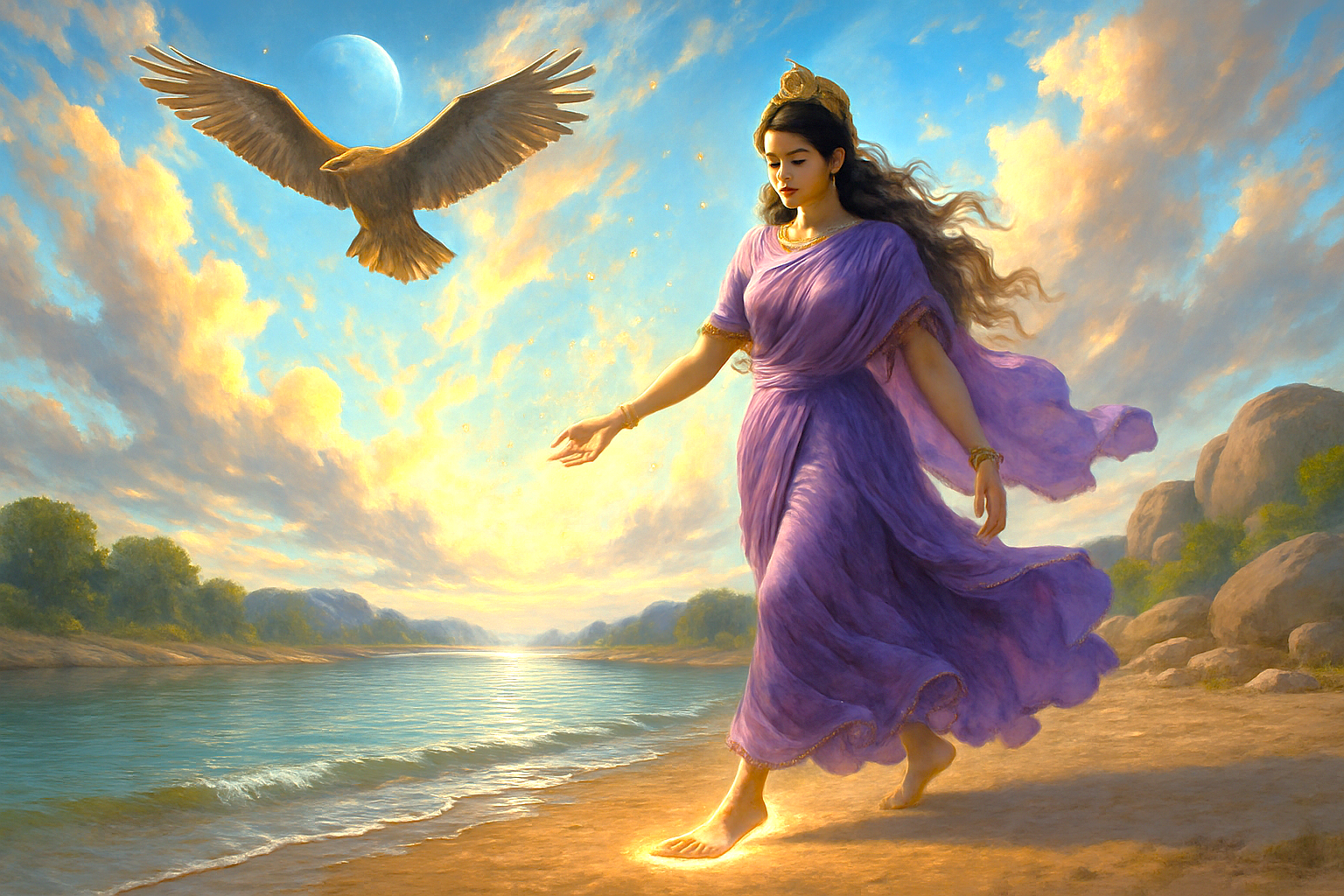
At the Veerabhadra Temple, etched into the stone floor is a depression of a colossal footprint. This indentation, measuring nearly three feet long, is revered as the footprint of the Sita. According to the Ramayana, this sacred mark was imprinted during a traumatic moment. As the demon king Ravana abducted Sita in his flying chariot. During this struggle, her foot struck the ground here, leaving an impression on the rock. Locals say the water miraculously appeared to sustain the wounded Jatayu, who fought Ravana in defense of Sita and fell nearby.
Holy Bay Leaf Brilliance, It’s India - Join Us
A land where epic tales are etched in stone. Dominating the landscape is the magnificent Jatayu sculpture, a powerful monument to the noble eagle from the Ramayana who sacrificed his life fighting the demon king Ravana. This sacred site invites you to stand where Lord Rama is said to have granted salvation to the fallen hero. Experience the profound fusion of mythology, history, and spirituality that shapes this unique destination at the Veerabhadra temple. Marvel at the architectural genius of the Vijayanagara empire, epitomized by its mysterious floating pillar and halls covered in intricate frescoes. From these ancient temples to the vibrant local crafts keeping traditions alive, each moment spent here invites us to delve into the heart of India’s reverence, offering a journey that resonates with history and awe.
Symphony of Generosity: Offerings from Wanderers to Residents
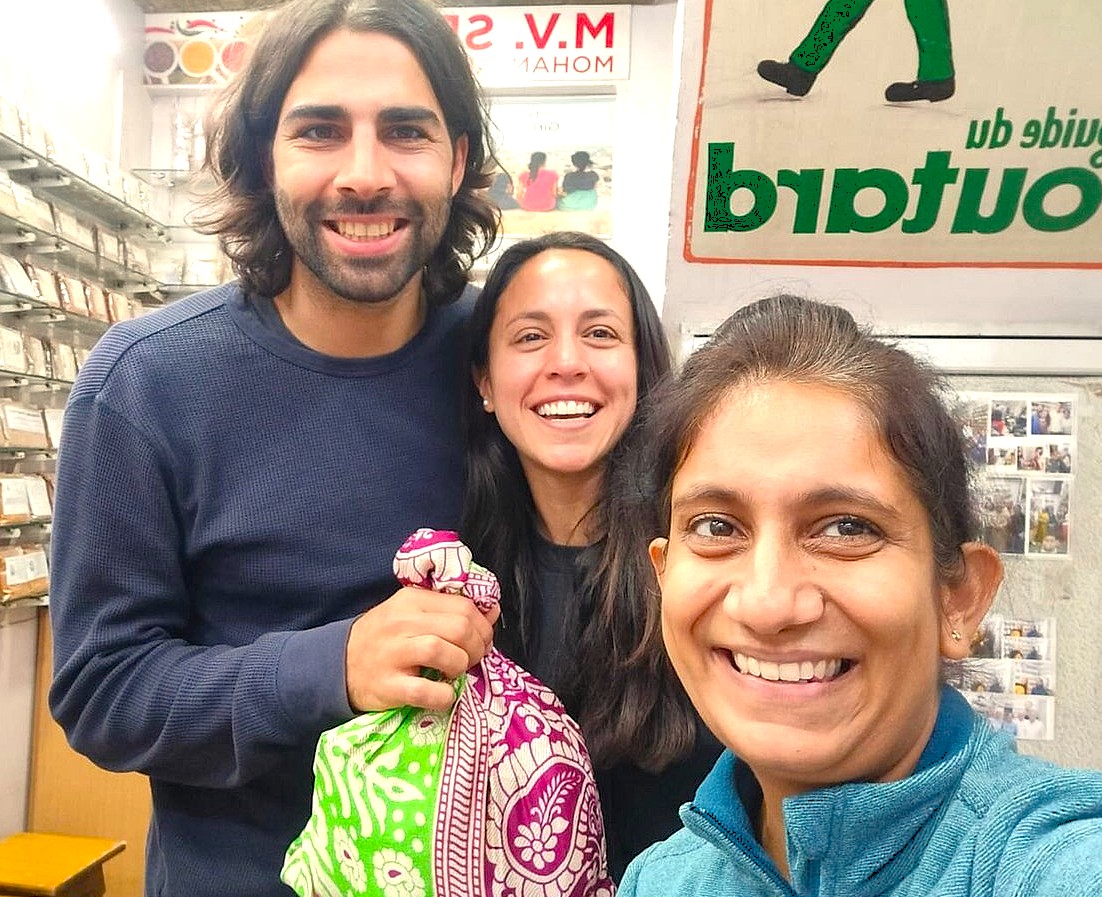
An enriching exchange occurs between those who come to this area and its residents. Locals genuinely benefit from the interest and curiosity of visitors exploring their vibrant culture, finding renewed pride in their ancestral ways. In turn, guests gain invaluable insights into a way of life deeply steeped in ancient traditions and timeless wisdom. This unique interaction creates a bridge between different worlds. As we contribute thoughtfully to the local economy, perhaps by purchasing intricately made crafts directly from the artisans or by respectfully participating in vibrant cultural celebrations, we do more than just spend money. We actively help sustain the community's rich heritage and ensure its stories continue to thrive for future generations.